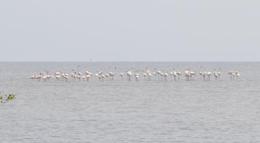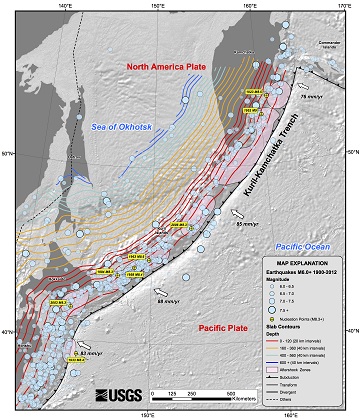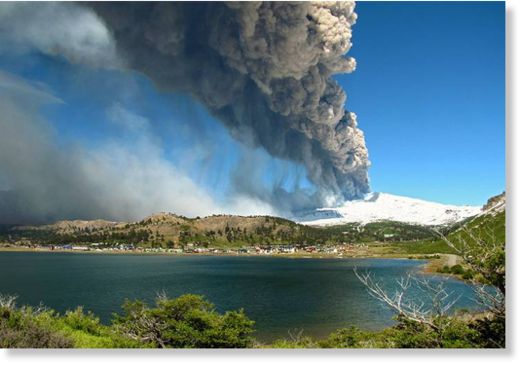A magnitude 5.7 temblor Thursday night was the largest earthquake to shake California since 2008 and has generated curiosity from seismologists. The temblor occurred in a rugged section of Northern California that has not been studied as thoroughly as Southern California and the Bay Area and has less monitoring equipment. Experts said they were surprised the quake was felt over such a large area, and they plan to go to the region to investigate. The magnitude 5.7 quake struck around 8:47 p.m., about 150 miles northeast of Sacramento; its epicenter was about 27 miles southwest of the town of Susanville. The last quake of similar magnitude, recorded at 5.5, struck Chino Hills in San Bernardino County in July 2008, said David Schwartz, an earthquake geologist for the Northern California USGS division in Menlo Park.
It caused little damage, but it was the most sizable quake to hit a metropolitan part of California since the much larger and destructive 1994 Northridge quake. Thursday's quake did occur in a zone with known active faults, said David Schwartz, an earthquake geologist for the Northern California USGS division, including a series of faults that extend through the northern end of Lake Tahoe all the way to Oregon. But 5.7 is the strongest magnitude recorded in the area. This mountainous eastern Sierra Nevada region, known for its lakes, rivers and national forests, has had about seven magnitude 4 earthquakes since the 1930s, Schwartz said. Scientists are still studying the intensity of Thursday's shaking and have moved seismographs there from more populated areas to monitor aftershocks.
Within minutes of the first quake, more than 7,000 people reported feeling it, from across state borders into Oregon and Nevada and as far south as the San Francisco area, according to the U.S. Geological Survey website. Officials in Susanville and Sacramento said the quake set off a number of home and car alarms and rattled windows. A Chico resident told
The Times he felt a slow roll that lasted about 30 seconds.The quake itself was not a huge surprise for Schwartz's USGS division, but "what was interesting was it was felt along an unusual distance," he said. "Earthquakes in different parts of the state are felt over different distances. We just haven't had that many examples of earthquakes in this part of the state, really, for comparison. There are more interesting questions now than we have answers for, at present," he said. -
LA Times









